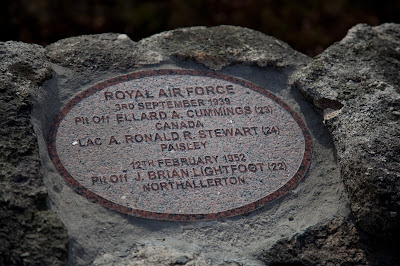Yekaterinburg
I had intended blogging about the football stadium in
Yekaterinburg tonight but can’t really be bothered to be honest.
I mean, no sooner has the Footie Cup been won by those
tri-coloured-folk French-speaking folk on the continent than the Times, in a
so-called page 25 ‘leading article’ bemoans the death of some blue-blooded
murdering tyrant from almost a century ago.
For those not in the know, Yekaterinburg was the last
living-place on the planet for those somewhat despised Tsarist folk who got put
to death on July 17 1918. That’s 100 years ago tomorrow to you
and me.
The town’s footie-stadium has of course played a major part
in the World Cup. I may be wrong, but a few matches were probably played not that
far from the place where, according to the Times, a ‘Wholesale Butchery by
Bolsheviks’ took place. Seemingly folk in Russia, having lost the cup, are now
mourning the regicide of Tsar Nicholas II and his Victorian family.
“As the cheers fade in the stadium and Moscow basks in the
glow of a joyous and well-run World Cup” reads the Times leader, “many Russians
are looking back a century to a far darker moment in history. In the early
hours of July 17, a group of soldiers burst into the cellar of a merchant’s
house in Yekaterinburg and opened fire on Nicholas, his wife Alexandria, their
four daughters, their sickly son Alexei and four other attendants including
their doctor.” Those who survived the initial onslaught were unlucky in the
extreme since bullets seemingly ricocheted from diamonds sewn into the girl’s
dresses and the ‘murderers bayoneted to death any still living’.
All well and good then.
In the course of penning an article on Ballater some years
ago, I recall coming across an account in the Aberdeen Free Press.
Describing a visit of said Tsar to Aberdeen and then on to Balmoral – his wife
Alexandria was Victoria’s daughter, the editorials of 1896 recorded that the
“heavens opened as in tears” when the Tsar alighted from the royal train at
Ballater Station and a drenched guard of 100 men of the Black Watch stationed
at the towns Victoria Barracks, stood to attention in torrential rain to
welcome the man whom the Aberdeen Council of the time seemingly loved to
hate.”
Sabre wielding mounted cavalry accompanied the royal coach on its journey north from Ballater Railway Station then on to Balmoral, the government of the time fearing an assassination attempt which might lead to war with Russia.
Sabre wielding mounted cavalry accompanied the royal coach on its journey north from Ballater Railway Station then on to Balmoral, the government of the time fearing an assassination attempt which might lead to war with Russia.
Leon Trotsky would later refer to the Tsar as “more awful
than all the tyrants of ancient and modern history” so the council may not have
been too far out in their health and safety assessment.
Aberdeen’s Bon Accord magazine reported “When the Tsar is at
home we do not hesitate to call him a tyrant. Then in heavens name, why then,
when he visits his grand-mother-in-law should we play the hypocrite and fete he
whom we at other times curse.”
Some years later the locals at Yekaterinburg agreed and shot
the man dead along with his family including Alexandra who had in fact been
well liked in Ballater. A sad end indeed.
The tyrannical Tsar is now, according to today’s ‘The Times
in Scotland’, a lost blue-blooded hero mourned by his latter-day subjects who
have seemingly taken a post-communist Putin-style stance against regicide.
Yeah right.











Comments
Post a Comment